Since I started in the exhibition industry almost 20 years ago, most companies have phased out building physical models of exhibition stand and instead moved towards progressive 3D computer generated models.
Within these 20 years a lot of exhibition companies have been able to create virtual experiences but have been limited by computer processing power and internet speed. Over the last decade virtual experiences including Virtual Reality (VR) and Augmented Reality (AR) have become far more common practice as internet speeds and processing power have improved.
Expo Centric has incorporated VR/AR elements into 1,000’s of diverse experiences in different shapes and forms into exhibitions stands for clients who had the desire to give their customers an extra insight into their products and engage them in the exhibition experience. From the use of the Holocube to demonstrate in 3D models of sports shoes, to using VR simulations to demonstrate vision reduction experienced by people with macular degeneration, Expo Centric has been at the forefront of technology.
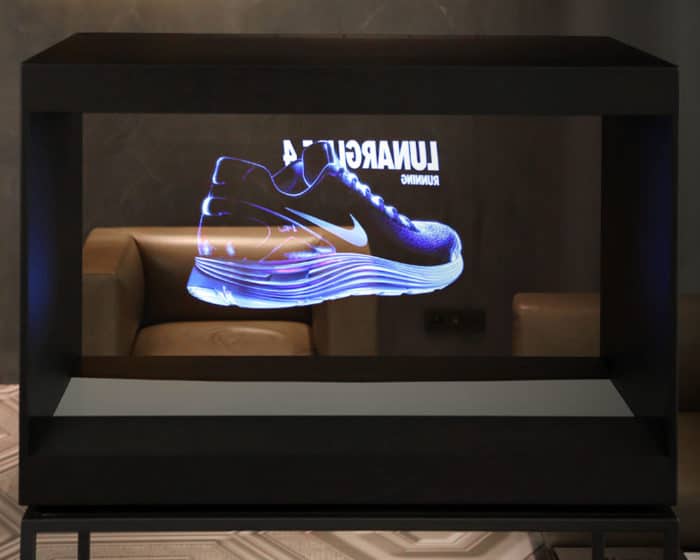
While these inclusions have been successful in engaging exhibition attendees and forming experiential relationships, but prior to COVID-19 VR/AR experiences they have been predominantly been seen and used as a gimmick, novelty or merely entertainment, rather than a real tool for exhibiting. Now everything has changed…..
With restrictions in place due to COVID-19 and face to face meetings and events limited, people are re-evaluating the potential of VR/AR. The possibilities, opportunities and value of VR/AR to live events are suddenly being realised.
Interactive technologies and 3D animations are the basis of VR/AR experiences, therefore Expo Centric is again at the forefront in this next step in exhibition technology advancement.
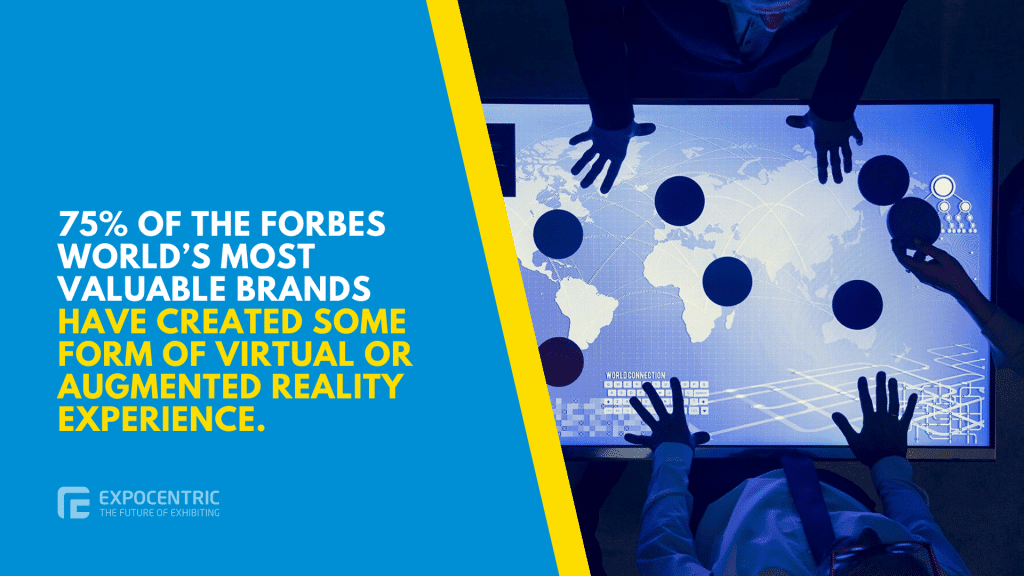
VR/AR marketing provides valuable advantages to businesses by offering potential customers a revolutionary way to experience your business, right from their browser or VR headset. They provide a superior opportunity for a brand to engage with its customers and form lasting relationships.
- Virtual Reality offers a digital recreation of a real-life setting, it replicates an environment, real or imagined. It simulates a user’s physical presence and environment to allow for user interaction and sensory experiences.
- Augmented Reality is a view of a physical, real world environment whose elements are augmented by computer-generated items (data, graphics, video, sound). The real world is not blocked out, users can still see the real world, as well as virtual objects. AR delivers virtual elements as an overlay to the real world.
- Mixed Reality is a combination of real content, and digital content.
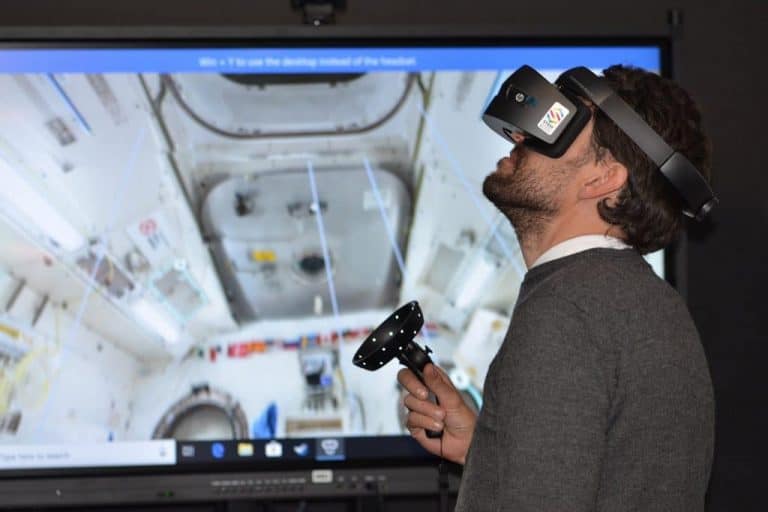
Industry examples of how VR could transform an exhibitor’s display:
Air Conditioning Manufacturers
Air Conditioning stands often have the desire to display a full-scale air-conditioning unit on stand. Being the size of a shipping container, displaying the air-conditioning unit can bring many challenges:
- The cost of transport to and from the venue
- Installation challenges of a display of this magnitude
- The exhibition floorplan allocation
- Limited attendee vision of the air-conditioning unit due to safety restrictions
Harness the power of VR and an Air Conditioning Manufacturer exhibition stand could achieve amplified results.
A 3D model could be installed on the floor plan, allowing attendees to embark on an immersive journey. Attendees could walk inside the air-conditioning unit, see the plumbing, inspect the features, examine the rails on the roof. Exhibition attendees would be able to see and experience more of the product through the incorporation of VR than in real life.

100% Virtual Showroom
Showrooms have been forced to shut down and when they do reopen there will be many restrictions in place, meaning there will be limited visitors into the physical showroom. Creating a virtual showroom has many benefits during restrictions and beyond, providing customers with a fully immersive experience.
Increase foot traffic
A virtual showroom allows customers to view your showroom 24/7. They are not restricted by opening hours, social restrictions or even location. This will allow more people to peruse the showroom and bring in foot traffic that may not have occurred previously.
Increase meetings
Meetings can be scheduled and held within the virtual environment. The increase openings for meetings to be reserved provides the sales teams with more opportunities to convert.
Less time spent on the road
Travel time for sales staff to commute to and from meetings is extensive and a large cost for businesses. Implementing a virtual platform can help to reduce the need for sales teams to be on the road. They can interact within the virtual platform to form deeper relationships with clients, while showing more products to customers than could be taken on the road.
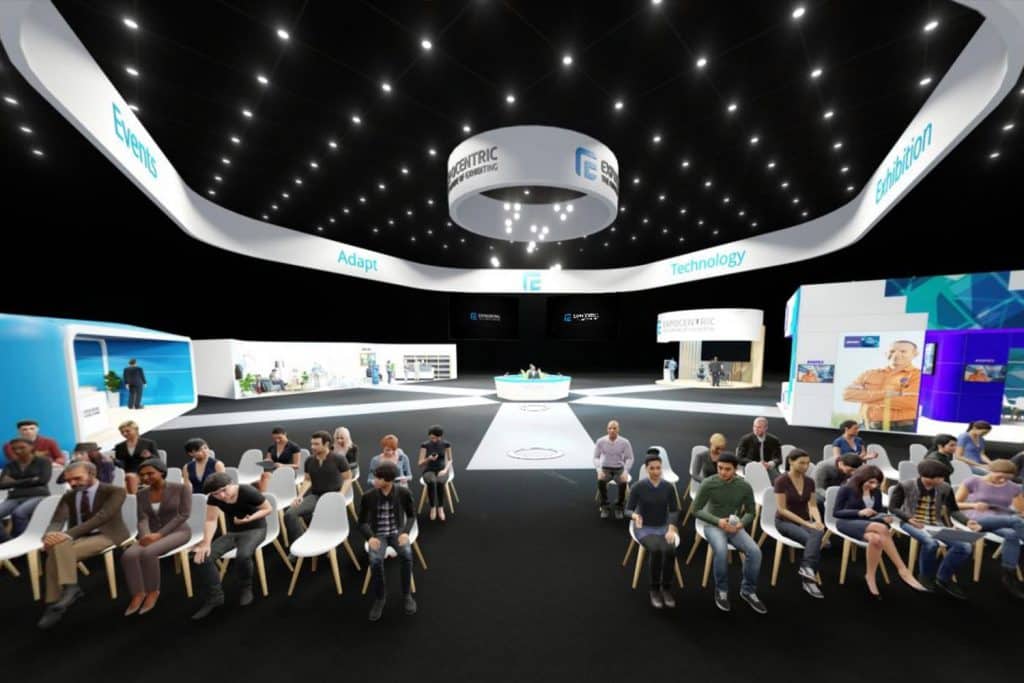
Mixed Events
The shift to mixed events offers exhibitors the best of both worlds. Mixed events offer unparalleled opportunities to display several products and hold multiple experiences on the one stand.
- Display 1 real-life product on display, present the rest through VR
- Display a real-life product while having an interactive VR experience to engage with the product
- The combination of physical and virtual allows exhibitors to show more with less transport costs
- Mixed events increase customer engagement as they help customers experience the products first-hand while gaining a unique and unforgettable experience
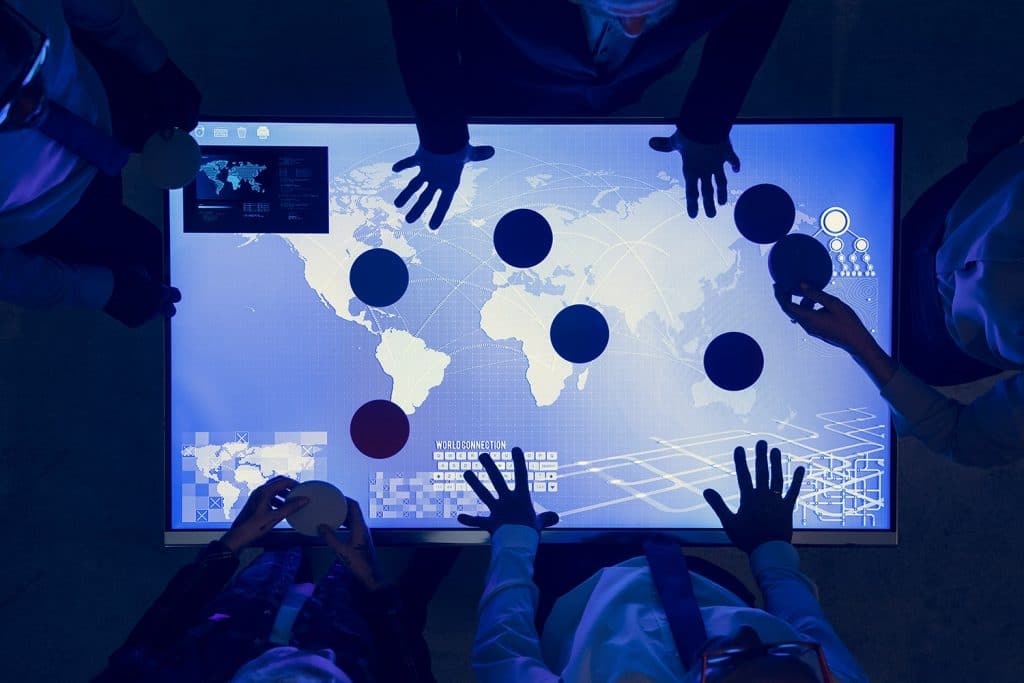
Defence
It is common practice for stands within the defence industry to incorporate real life machinery into the stand design. While these models look impressive and draw an eager crowd, they have limited to no functionality. VR/AR offer engaging and novel ways to magnetise exhibition attendees.
- Use technology to set a link between the exhibition model and a fully operational training facility
- Exhibition attendees would provide the desired coordinates, these are relayed to the NCO leading the artillery battery at the training facility.
- They could then fire on command using the attendee’s coordinates
- This could all been shown and demonstrated through video links or in a simulator environment

Manufacturing
Field trips during an exhibition are regularly used as a way to entice attendees to view factory operational setups and systems. These types of offerings have many shortcomings:
Time: Often these field trips take up many hours of an attendee’s time and scheduling can be difficult for both the exhibitor and attendee.
Cost: The cost for transport can be high, including bus hire, hospitality etc.
Attendance: Many exhibitors offering field trips are disappointed with the lack of patronage. This is mainly due to the large commitment it takes for an attendee to partake.
Harness the power of VR/AR and a VR/AR factory tour could offer a viable solution.
Multiple factory tours could be held in one day
There is no need for travel time or travel associated costs
Increased flexibility for interested attendees

Virtual Presenters
Companies often have highly valuable speakers that would be an asset to have on stand or for an onsite presentation. This isn’t always viable due to physical locations or commitments. By combining the power of technology, leveraging human assets is possible:
- The company CEO could host a live on Q&A while in their office overseas
- Customers could attend from anywhere in the world
- Host a live demonstration with a brand influencer
- Feed live celebrity endorsements

Road Test
How does road testing your exhibition stand before it has even been built sound? With the power of 3D and VR/AR you can. Having this capability provide abundant benefits:
- Acquire stand approval for open by management without them coming on site
- Provide ‘on-stand’ training before the show opens
- Allow staff to familiarise themselves with the stand before the event
- Confirm and test touch points
- Test what works and what doesn’t, allowing for crafting modifications prior to open day

In short, VR/AR technology increases engagement and provides unrivalled opportunities due to metrics and functionality.
